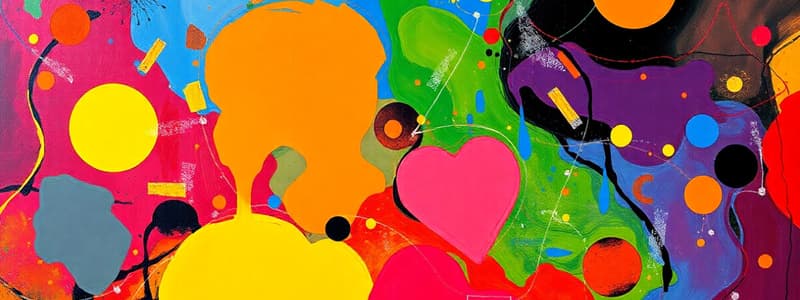Podcast
Questions and Answers
What does the atomic number of an element represent?
What does the atomic number of an element represent?
- The number of electrons in the atom
- The number of protons in the nucleus (correct)
- The total number of protons and neutrons
- The total mass of the atom
How do you determine the number of neutrons in an atom?
How do you determine the number of neutrons in an atom?
- By adding the atomic number and atomic mass
- By subtracting the atomic number from the atomic mass (correct)
- By adding the number of protons and electrons
- By looking at the number of electrons
What happens to an atom when it gains or loses an electron?
What happens to an atom when it gains or loses an electron?
- It becomes an isotope
- It becomes an ion (correct)
- It changes its atomic number
- It affects the number of neutrons
What distinguishes isotopes of an element?
What distinguishes isotopes of an element?
If an element has an atomic number of 6, what element is it likely to represent?
If an element has an atomic number of 6, what element is it likely to represent?
Flashcards
Atomic Number
Atomic Number
The number of protons in an atom's nucleus. It determines the element's identity.
Atomic Mass
Atomic Mass
The total number of protons and neutrons in an atom's nucleus. It is usually a decimal to account for isotopes.
Isotopes
Isotopes
Atoms that have the same number of protons but a different number of neutrons.
Ions
Ions
Signup and view all the flashcards
Ionization
Ionization
Signup and view all the flashcards




